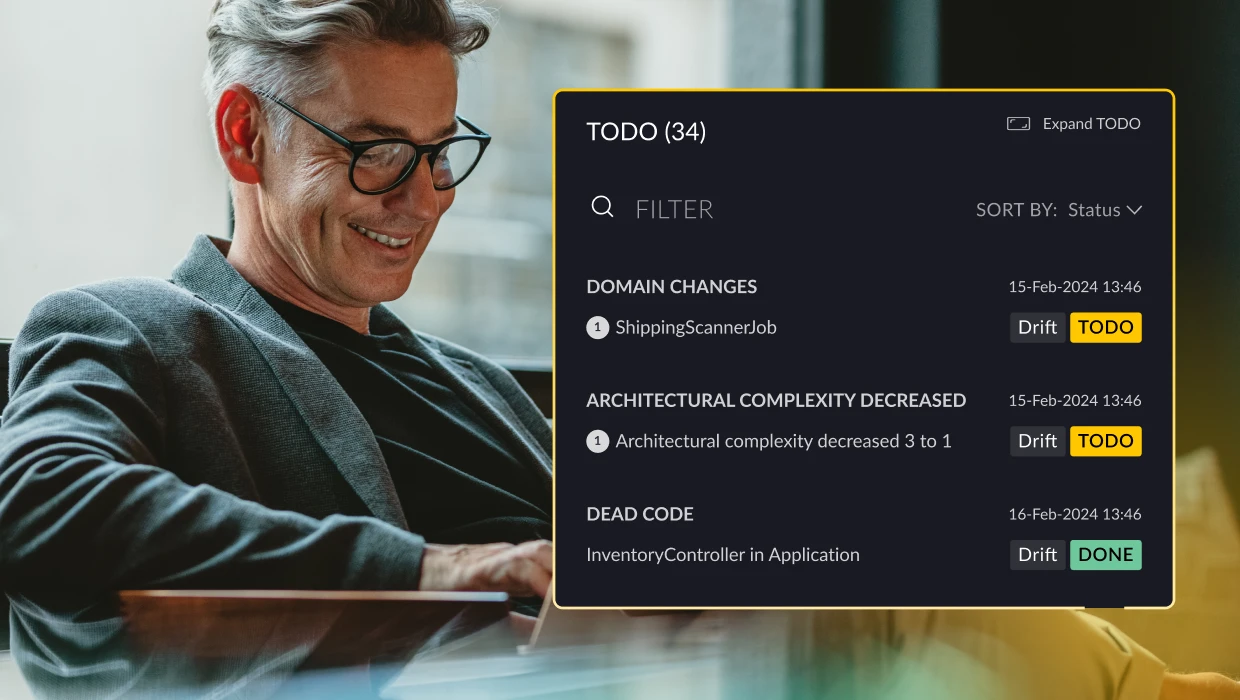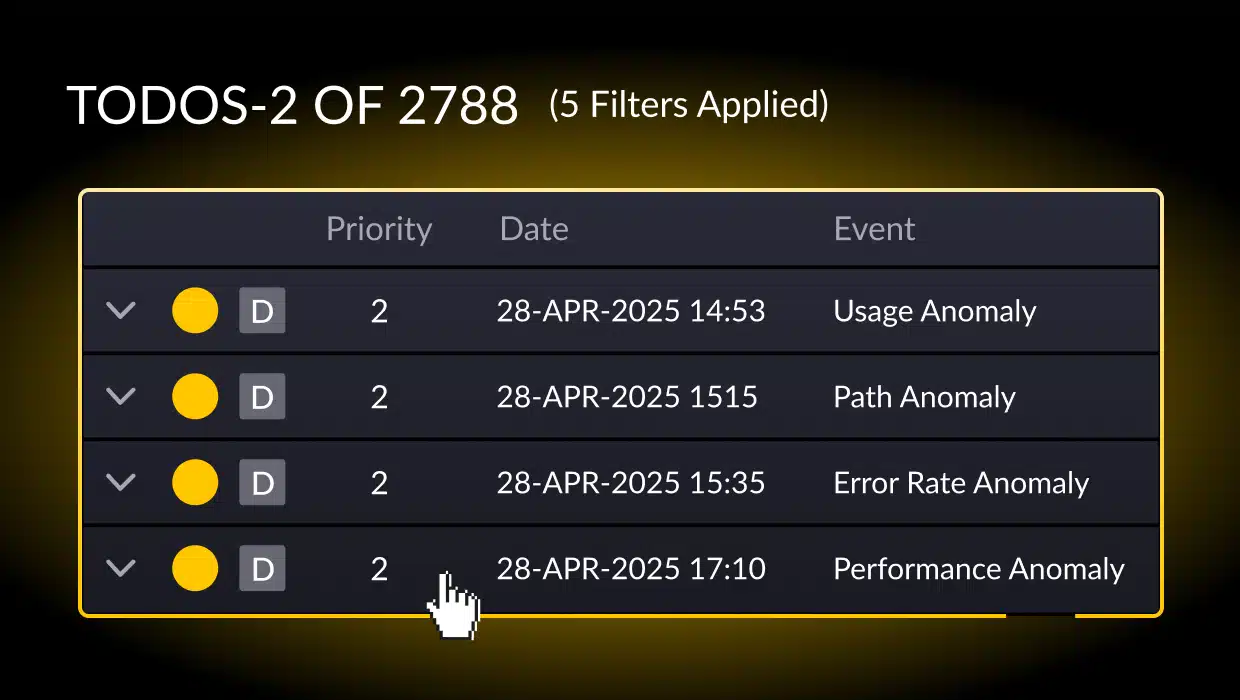It’s not often that software developers and practitioners get to consume a study that so deeply reflects the cause and solution to significant problems they face. Architectural technical debt is one common area that is not always discussed but is often felt by anyone working in software development. In Building and evaluating a theory of architectural technical debt in software-intensive systems, readers are offered a well-rounded perspective on ATD (Architectural Technical Debt), bridging the gap between academic research and industry practice, making its findings particularly relevant for software engineers and technical leaders who will inevitably deal with some form of ATD in their work.
Introduction to Architectural Technical Debt (ATD)
Understanding and managing Architectural Technical Debt (ATD) is crucial for a software system’s long-term health and effectiveness. Regardless of the technology or organization, the abundance of ATD in the ever-evolving realm of software development is staggering.
Software engineers, architects, and anyone working within a technical organization have heard the term “technical debt.” In general, this means that software has not been built optimally. This could range from improperly structured code or poor naming conventions to excessive code duplication throughout the codebase. ATD borrows from this well-known concept but is broader in scope. ATD highlights the compromises made during software design and development that affect the system’s core architecture. Fixing these defects requires significantly more work than fixing poor naming or code duplication, as seen in more generalized tech debt. While the choices that lead to this type of technical debt focus on short-term benefits, these compromises can accumulate ‘debt’ that impacts a software’s future maintenance and evolution.
Architects and developers can see ATD in their organization’s codebase in various forms. One common form is quick fixes that patch immediate problems but create deeper issues; another is when design choices made under time constraints limit the future scalability of the system. It’s a common challenge in software engineering, often overlooked in the rush to meet deadlines and deliver features. Architects know that such fixes are necessary to support and evolve the system in the long term, but business and product teams want to use the budget to build something new and shiny.

By the end of this article, readers will have a distilled version of the concepts covered in the study. This includes critical factors in understanding ATD – its symptoms, causes, impacts, and management strategies. Using this study as our guide, our exploration into ATD will cover several critical areas:
- Identifying ATD: how can you recognize ATD in software projects? This includes symptoms like increased complexity, difficulty in adding new features, and a rise in maintenance efforts.
- Origins and Causes: Looking at core factors contributing to ATD, such as time pressure, resource limitations, and short-term planning. Understanding these causes helps in anticipating and mitigating ATD.
- Impacts and Consequences: The long-term effects of ATD are profound. The actual cost appears only by exploring how ATD can lead to higher costs, lower system reliability, and reduced agility in responding to new requirements.
- Strategies for Management and Mitigation: Managing ATD is not just about fixing problems; it requires strategic discovery, planning, and foresight. Strategies include regular code reviews, refactoring, and prioritizing architectural integrity over immediate solutions.
- Implications for Software Development: Lastly, one should see that the study’s findings have far-reaching implications. For practitioners, guidance from the study offers a roadmap to healthier software practices. For researchers, it provides a foundation for further exploration into ATD management.
This knowledge is crucial for software architects and the engineers and developers who work alongside them. This groundwork paves the way to building sustainable, efficient, and adaptable software systems.
Key Findings: Nature and Impact of Architectural Technical Debt
When it comes down to distilling critical findings on the nature and impact of architectural technical debt, there are three key areas to focus on: the symptoms, causes, and consequences. Like any issue technologists deal with, knowledge in these three areas allows architects and technical leaders to identify and remedy potential ATD issues. When organizations fail to address them, they should at least be aware of potential outcomes their lack of action may bring in the present and future. Let’s take a look at all three areas a bit closer.
Symptoms of Architectural Technical Debt. Early Warning Signs.
When identifying ATD, the symptoms can manifest in various ways, potentially making it challenging to detect easily. Increased complexity is a primary symptom, usually appearing as a codebase that is hard to understand and modify. Scalability issues may also arise, limiting the building and integration of new features and causing delays. When these significant warning signs appear, corral the ATD before it begins to balloon out and expand.
Root Causes of Architectural Technical Debt
Before remedying ATD, architects should focus on determining its root causes. Several factors generally contribute to the accumulation of ATD depending on the company size and its ambition (to potentially push out new products and features without maintenance and scalability in mind). As most technologists know, time constraints often lead to suboptimal architectural decisions. Limited resources and expertise exacerbate the issue, leading to short-sighted solutions with sub-par implementations. Evolving business and technology landscapes can also render initial designs inadequate, inadvertently adding to the debt. Like any problem, finding and addressing the root cause is necessary to correct it.
Consequences: The Long-term Impact of Architectural Technical Debt
The impacts of unchecked ATD are significant and tend to only get worse with time. As applications grow in complexity, features, and users, this leads to spiraling maintenance costs and diminished system reliability. Over time, ATD can severely restrict an engineering team’s ability to build new features and scale an application to the needs of the business. As a result of this oversight, the company will find it challenging to align its portfolio of applications with evolving market needs or technological advances. As quickly as technology evolves, this could be disastrous for an organization.
For teams in the depths of software development, understanding the multifaceted nature of ATD is vital for effective management and prevention strategies.

Managing Architectural Technical Debt: Strategies and Best Practices
Effective ATD management requires a strategic approach, such as regular code reviews, refactoring, and prioritizing long-term system health over short-term gains. By applying these practices, teams can begin to mitigate the impact of ATD and maintain the sustainability of the software systems they are building.
Another great option is introducing a tool that explicitly helps manage ATD. vFunction’s architectural observability platform helps teams find, fix, and prevent ATD. By integrating vFunction into your SDLC processes, the vFunction platform helps architects take stock of their current applications and the burden of ATD within them.
vFunction allows architects and their organizations to:
- Manage and remediate architectural technical debt
- Define & visualize domains leveraging dynamic analysis and AI
- See class & resource dependencies and cross-domain pollution
- Find & fix high-debt classes
- Pinpoint dead code and dead flows based on production data
- Observe & detect architectural drift
- And much more.
For a complete overview of the vFunction platform, check out our platform overview.
Conclusion
By understanding the symptoms, causes, and consequences of ATD, software architects and developers can be more aware of how to avoid it. By adopting effective management strategies to avoid ATD, software engineers can significantly improve the quality and longevity of software systems.
To learn more about how you can tackle technical debt, download this complimentary Gartner report on ATD.









